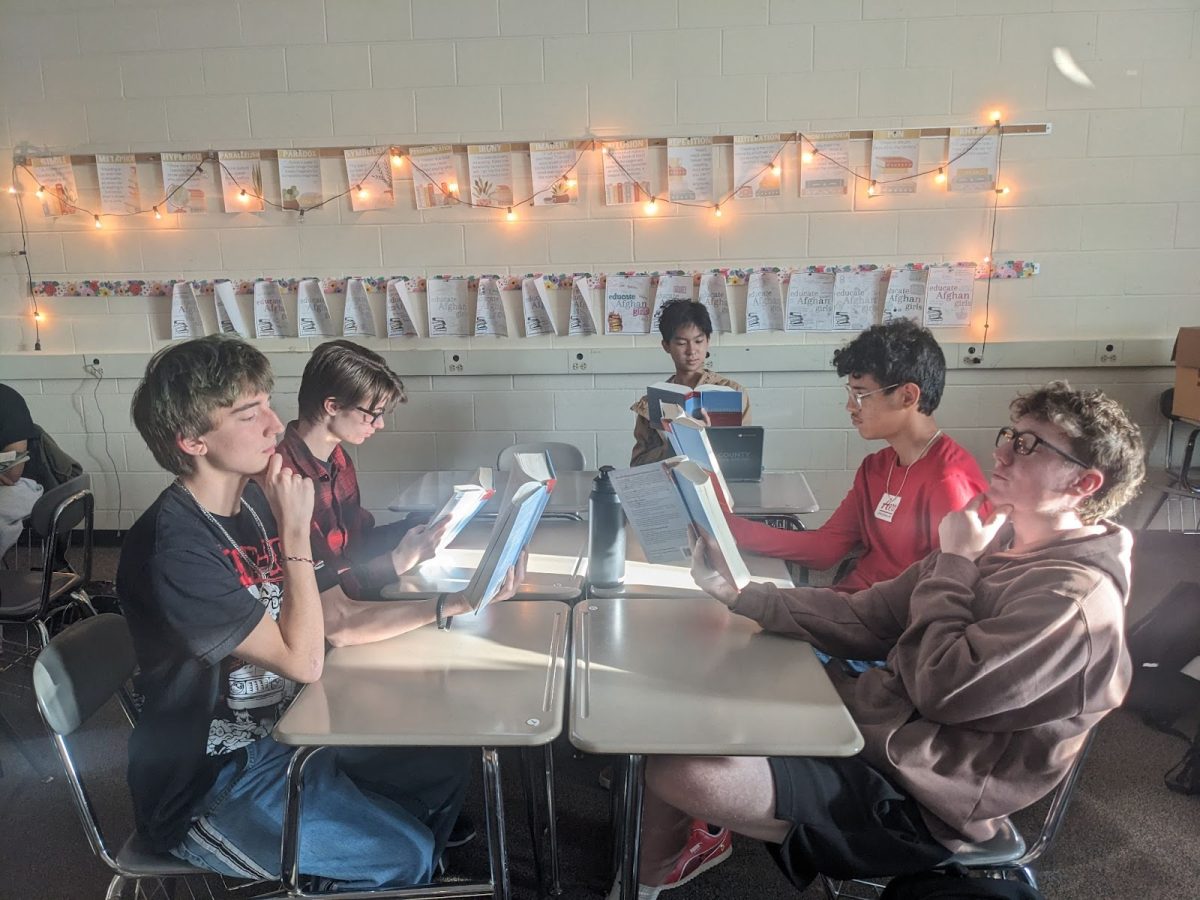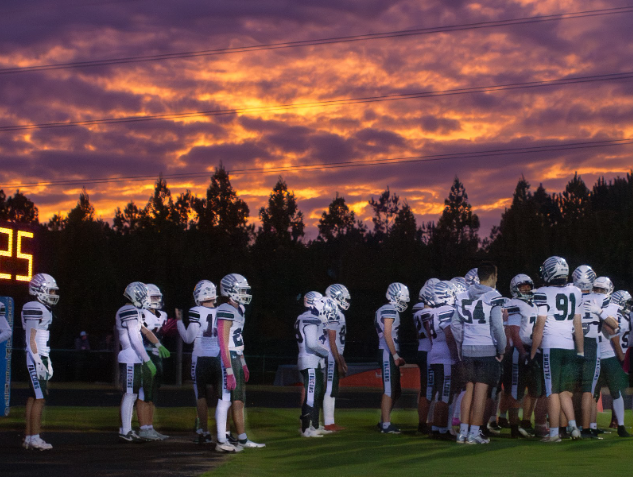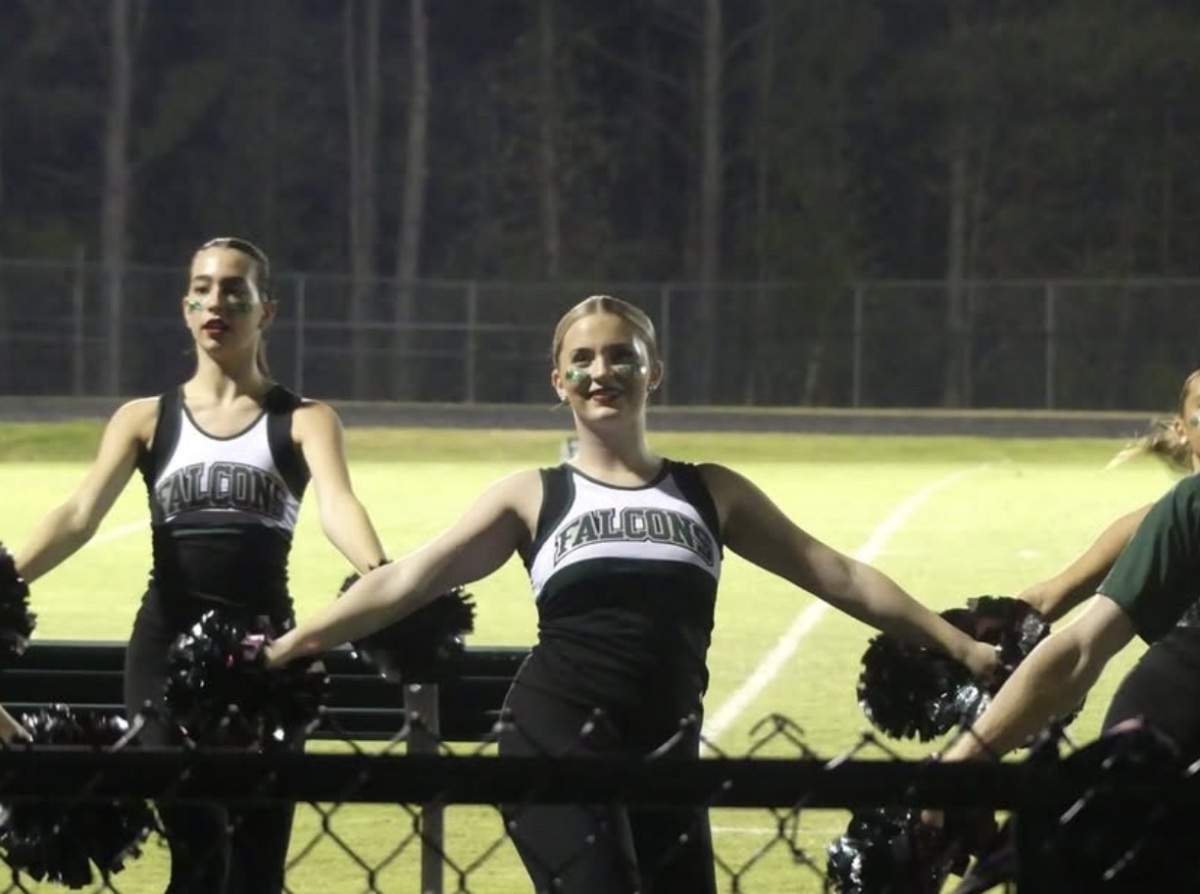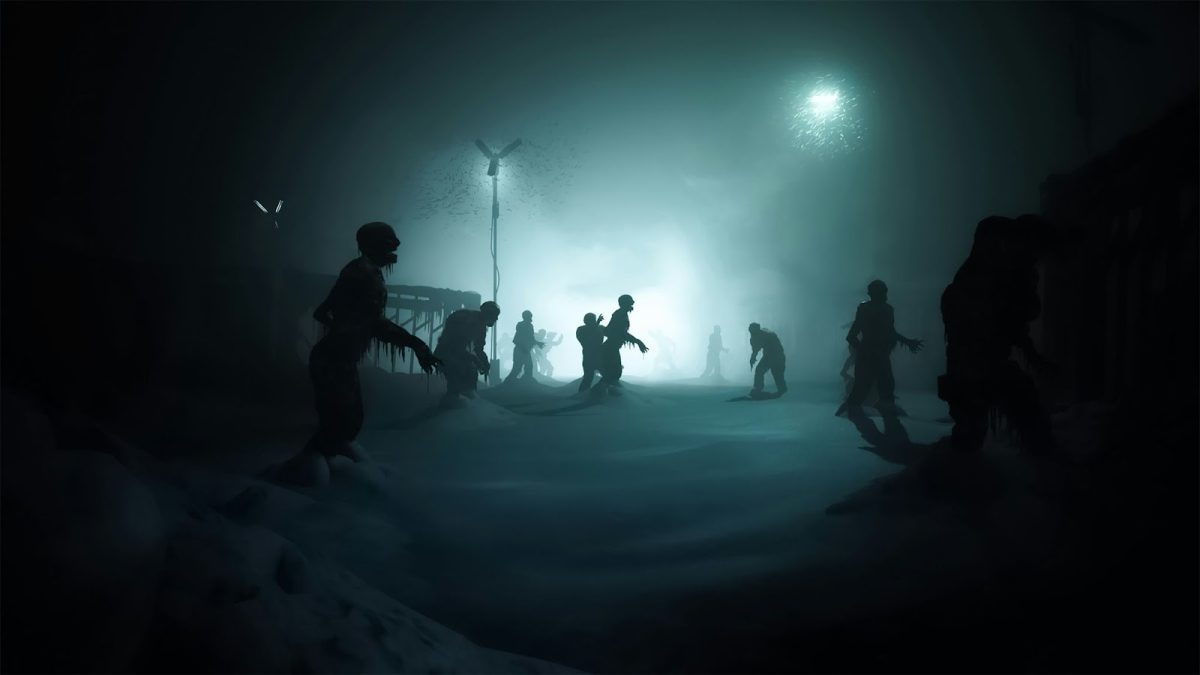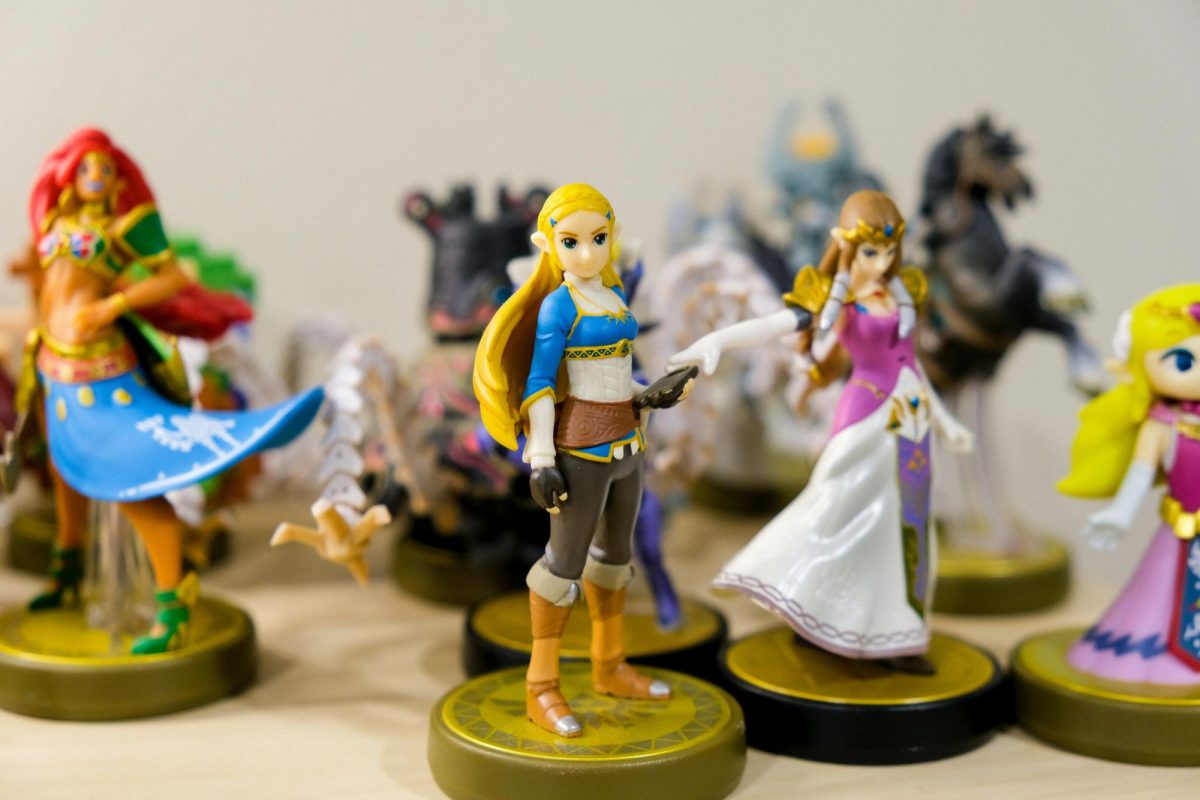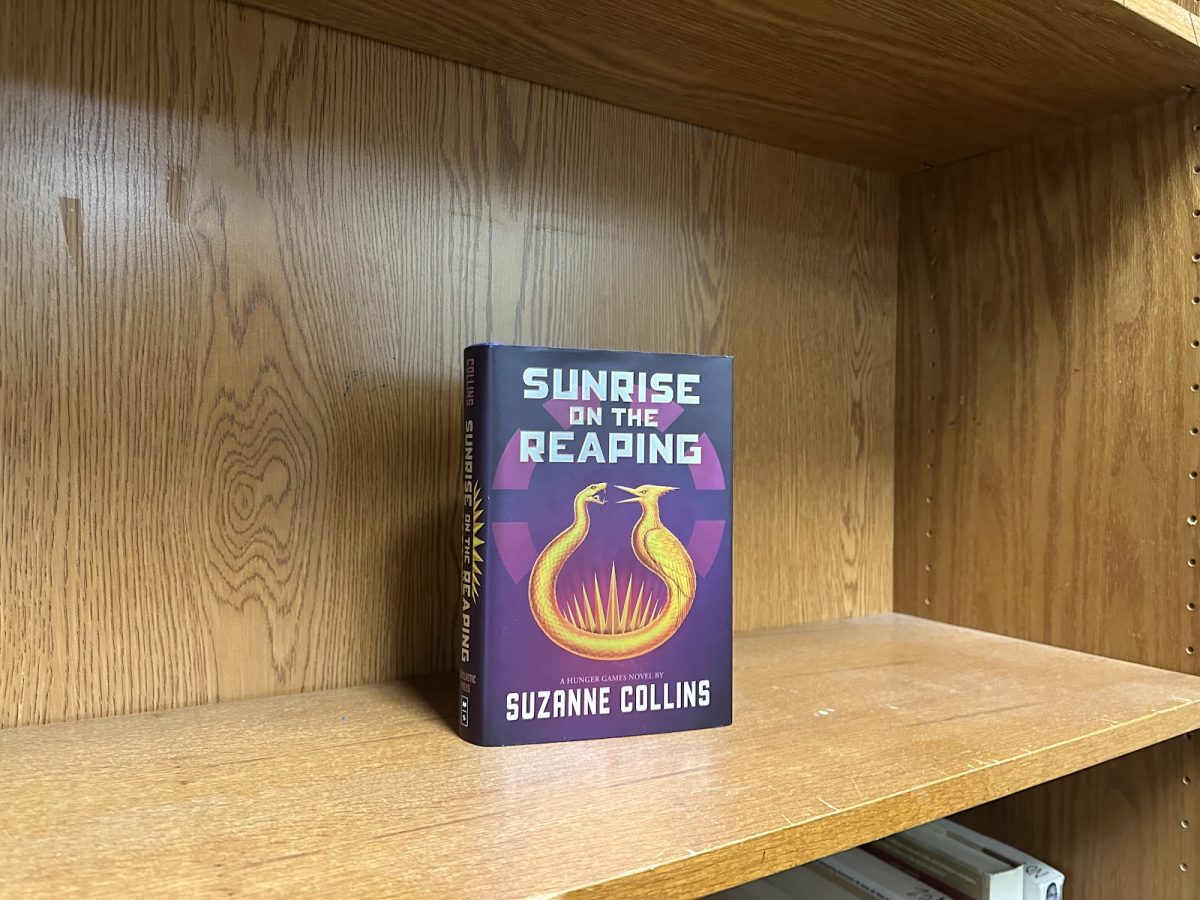“The Hunger Games” is the 20th highest-grossing movie franchise of all time, and the novels have had a massive influence on the young adult genre, entertaining millions of fans. With its record of consistent success, the news of a new addition to the series surprised and excited fans worldwide. Five years after the release of the prequel novel, “The Ballad of Songbirds and Snakes,” a new story was released– “Sunlight on the Reaping.”
Released during the late 2000s to early 2010s, the original trilogy’s plot takes place during the 74th, 75th and 76th annual Hunger Games and follows the story of Katniss Everdeen. The prequel, “The Ballad of Songbirds and Snakes,” which tells the story of the 10th Hunger Games, follows the story of a young Coriolanus Snow, who would end up being the trilogy’s main antagonist. This new addition to the story, “Sunlight on the Reaping,” follows Haymitch Abernathy as he participates in and ultimately wins the 50th Hunger Games, or the second Quarter Quell. Later, Abernathy would become Katniss Everdeen’s mentor in the trilogy.
This latest installment in the Hunger Games story provides the reader with insight into the background of the beloved character Haymitch. In the original series, Haymitch is portrayed as a cynical alcoholic with lingering trauma from his years as a victor and mentor of the Hunger Games. However, “Sunlight on the Reaping” introduces young Haymitch as a kind-hearted teenager who is dragged away from his family and life in District Twelve when he is forced to participate in the Hunger Games. As a fan of Haymitch, seeing how he came to be who he is was an instantly interesting topic. Having more of his backstory was very captivating, and I couldn’t seem to put down the book.
The story follows Haymitch through his time in the Hunger Games and witnesses the heartbreaking journey that transforms him into the angry, hopeless Haymitch that was introduced in the original stories. As with any prequel, parts of the outcome are already known. Still, Suzanne Collins manages to make the story exciting and emotionally engaging, and I felt the anger and grief right alongside Haymitch as tribute after tribute died in the games.
Even though the plot follows Haymitch, I liked how other characters from the original series were also built into the story. For example, his mentors were past victors whom we got to see in the original books. I felt like every chapter there was a piece that connected to the original story. Reading the book felt a little like putting together a puzzle to see how everything fit into the bigger story.
The themes of inequality and oppression are carried over from the past stories. Still, unlike the other stories, a heavy emphasis is placed on the social commentary of the unrealistic representation of reality through media. In my opinion, this commentary gives an interesting insight into the social media-influenced world of today.
As a fan of the Hunger Games series, I thoroughly enjoyed this book and I highly recommend that fans give it a read. The excitement is not over for fans of the series, as almost immediately after the book’s release, the movie adaptation of the book was announced, which is to come out on Nov. 20, 2026.











